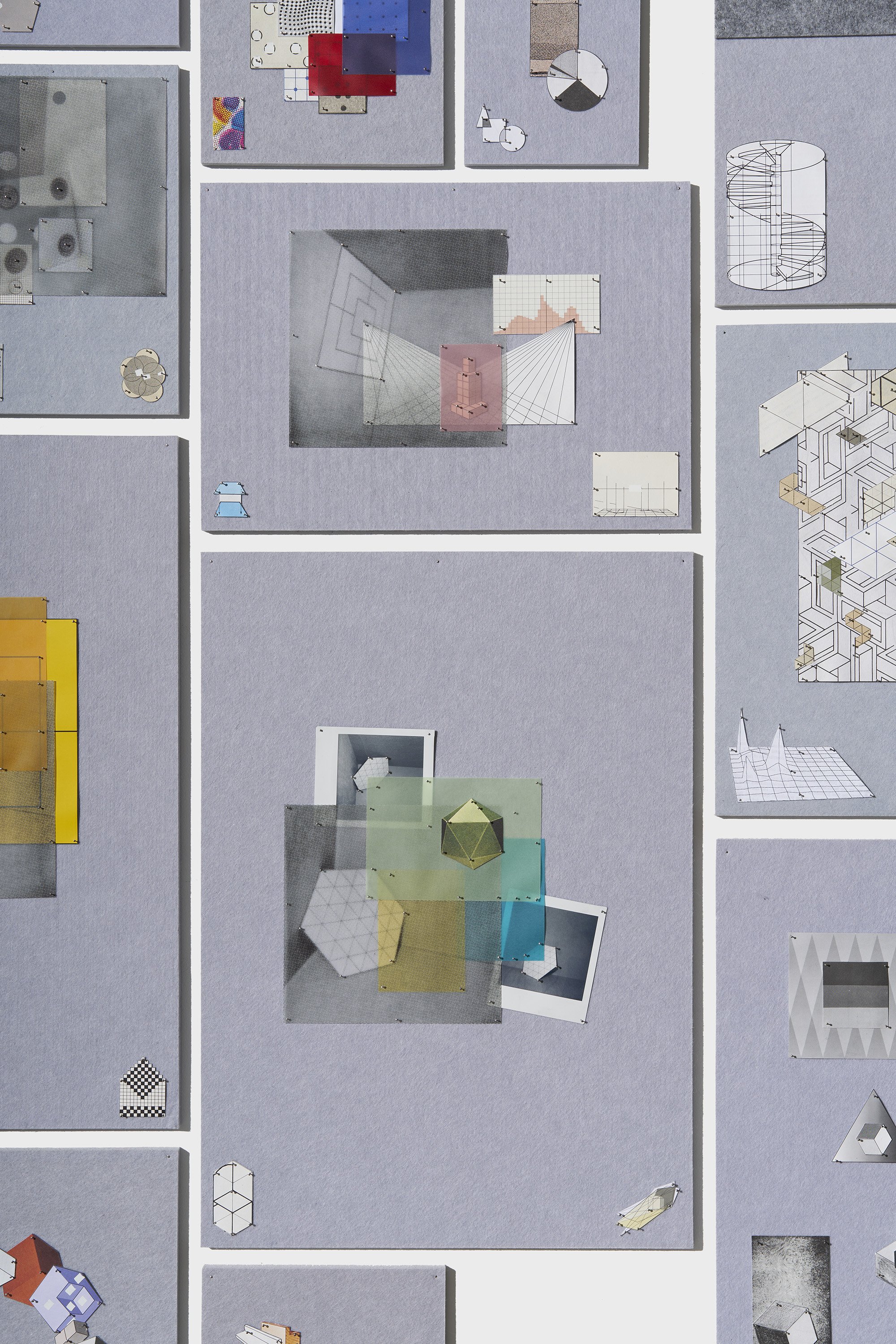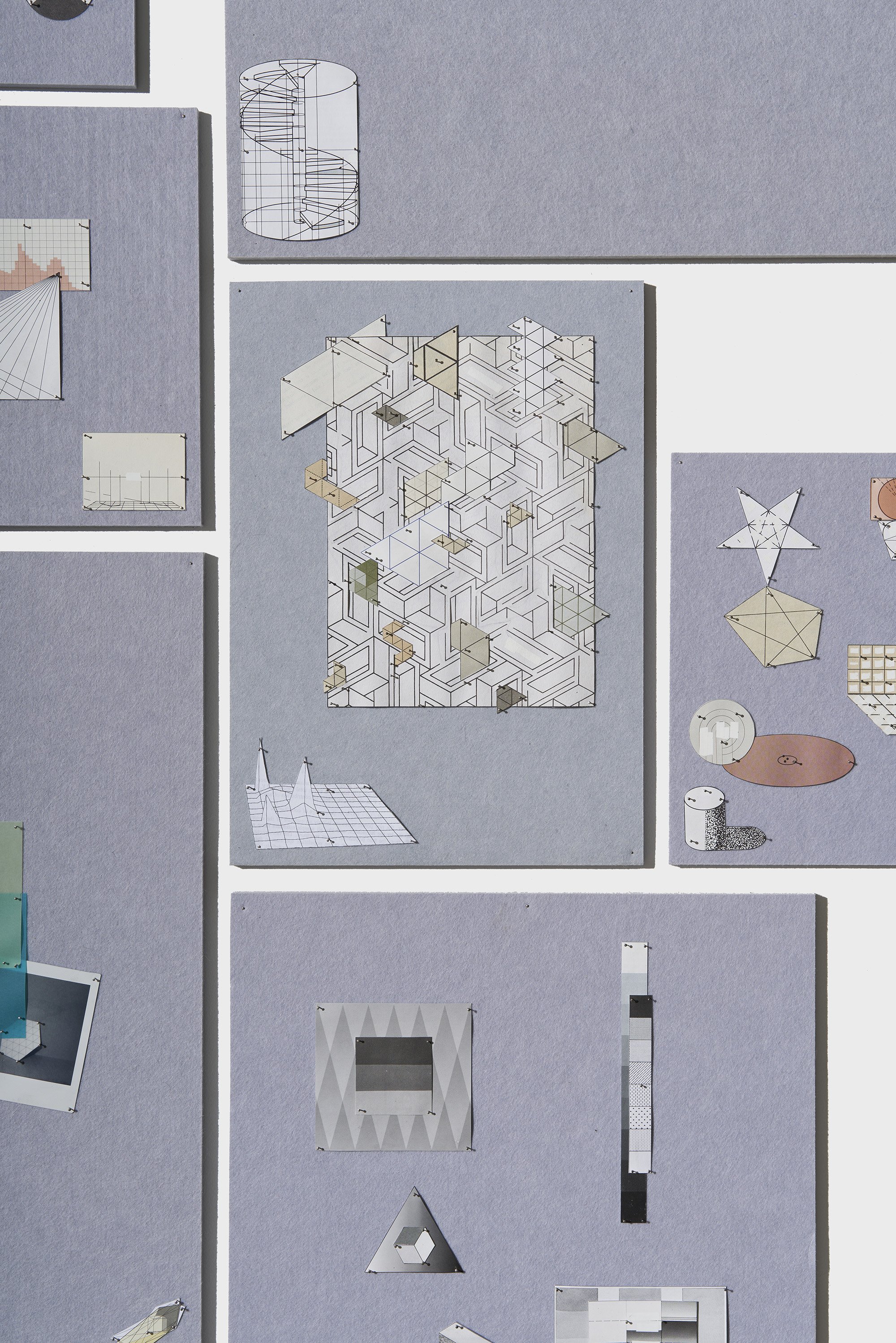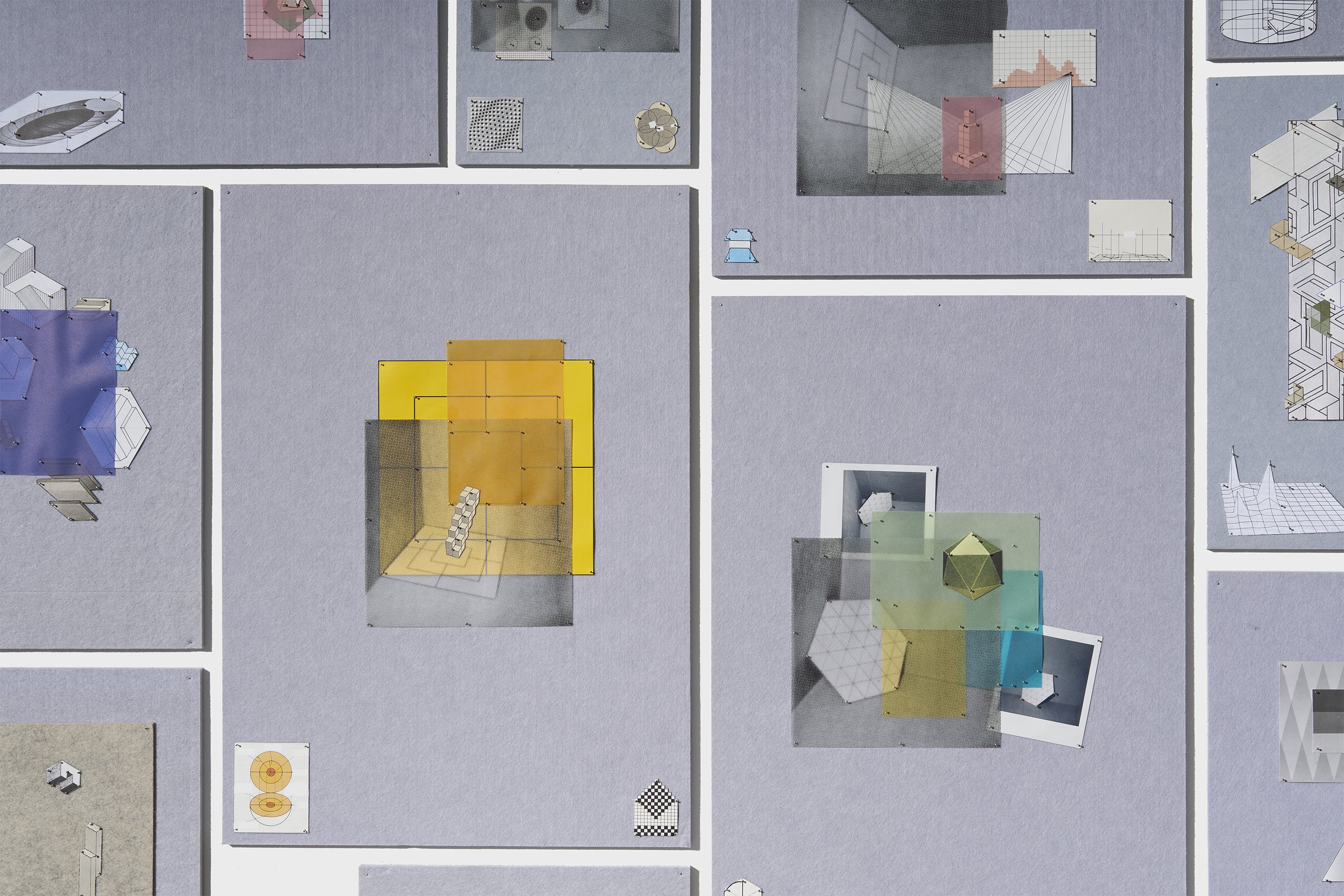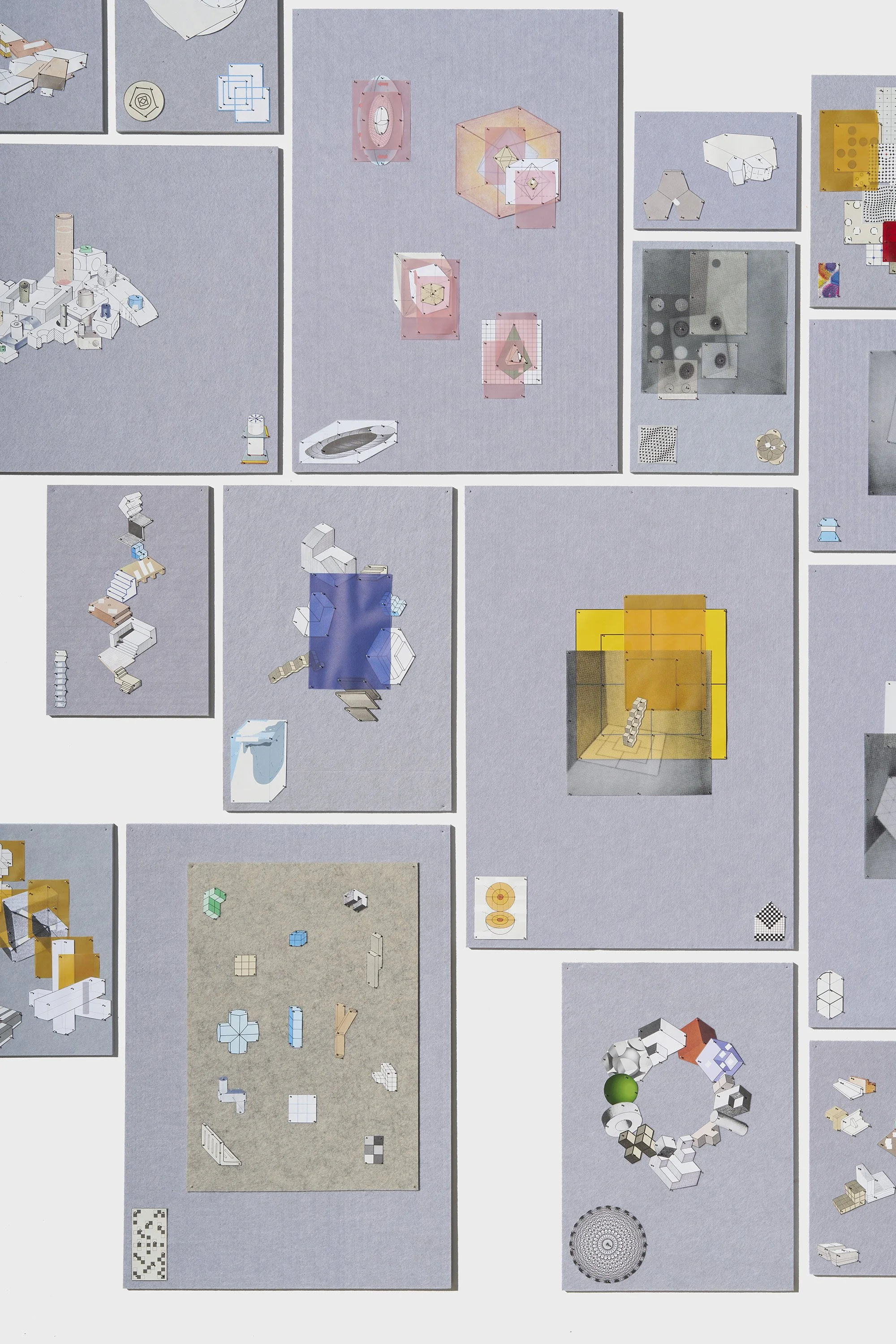
The Pale Dossier by Roy Ananda / Things to Think Through by Anna Dunnill & Chelsea Farquhar
Roy Ananda
Roy Ananda is a visual artist, writer, and educator practicing on Kaurna Country (Tarndanya/Adelaide Plains). His objects, drawings, installations, texts, and videos variously celebrate popular culture, play, process, and the very act of making. Since 2001 he has exhibited prolifically around Australia, holding solo exhibitions at Adelaide Central Gallery (Adelaide), the Contemporary Art Centre of South Australia (Adelaide), Dianne Tanzer Gallery+ Projects (Melbourne), FELTspace (Adelaide), Gallery 4a (Sydney), Hugo Michell Gallery (Adelaide), Samstag Museum of Art (Adelaide), and West Space (Melbourne). His work has been included in such significant survey exhibitions as Primavera (2004) at the MCA (Sydney), the Australian Drawing Biennial (2004) at the Drill Hall Gallery (Canberra), and CACSA Contemporary 2015 at SASA Gallery (Adelaide). In 2010 he was the South Australian recipient of the Qantas Foundation Art Award, which facilitated research trips to the U.K., Germany, and the U.S.A.
In 2017 Ananda completed a post-graduate research degree at the University of South Australia with a specific focus on the intersection of pop-culture fandom and contemporary art practice. Ananda presented a major new work in the 2018 Adelaide Biennial of Australian Art at the Art Gallery of South Australia, inspired by his lifelong passion for the fantasy role-playing game Dungeons and Dragons.
He has lectured in drawing and sculpture at Adelaide Central School of Art since 2004 and currently holds the position of Head of Drawing. His writing has appeared in a wide variety of journals, books, exhibition catalogues, zines, and websites.
Ananda was the feature artist of the 2021 South Australian Living Artists Festival and subject of that year’s SALA Publication, co-authored with Andrew Purvis, Bernadette Klavins, and Sean Williams, and published by Wakefield Press.
.
While it has been a longstanding adjunct to my broader art practice, The Pale Dossier is the first major body of work executed entirely in the medium of collage. The work brings thousands of images carefully cut from reference books, textbooks, and instructional manuals into conversation with substrates such as felt, acoustic pinboard, and synthetic vellum.
Disinterred from their rational and utilitarian points of origin, these images are subjected to far more idiosyncratic and arcane arrangements. While it is seemingly in the nature of the diagram or the infographic to clarify, quantify, and explicate, this recent investigation asks how such visual languages might serve to deepen the mysteries that abound. The resulting outcomes perhaps sit somewhere between a celebration and a critique of the human urge to try to map systems of knowledge, and the inevitable inadequacy of such attempts.
Like much of my practice, this body of work is also a by-product of my pop-culture fandom. Unlike previous odes to fandom which overtly evidence their origins in singular fictional universes (such as those of Star Wars, Dungeons & Dragons, or H.P. Lovecraft’s Cthulhu Mythos), The Pale Dossier channels the aesthetics and atmospheres of a loosely linked body of cultural artefacts belonging to the amorphous genre of ‘hauntology’. Extrapolating from cultural theorist Mark Fisher’s use of the term, my hauntological influences include the music of Burial and Boards of Canada, the esoteric pseudo-science of BBC Television’s Look Around You, and ghost stories in the tradition of M.R. James.
Floorsheet

Roy Ananda, The Pale Dossier (detail), 2023, found images, instamatic photographs, digital prints, synthetic vellum, felt, acoustic pinboard, pins, dimensions variable. Photograph by Sam Roberts.

Roy Ananda, The Pale Dossier (detail), 2023, found images, instamatic photographs, digital prints, synthetic vellum, felt, acoustic pinboard, pins, dimensions variable. Photograph by Sam Roberts.

Roy Ananda, The Pale Dossier (detail), 2023, found images, instamatic photographs, digital prints, synthetic vellum, felt, acoustic pinboard, pins, dimensions variable. Photograph by Sam Roberts.

Roy Ananda, The Pale Dossier (detail), 2023, found images, instamatic photographs, digital prints, synthetic vellum, felt, acoustic pinboard, pins, dimensions variable. Photograph by Sam Roberts.

Roy Ananda, The Pale Dossier (detail), 2023, found images, instamatic photographs, digital prints, synthetic vellum, felt, acoustic pinboard, pins, dimensions variable. Photograph by Sam Roberts.
Anna Dunnill
Anna Dunnill is a Naarm/Melbourne-based artist, writer and support worker, whose current studio research explores prayer and ritual through textile processes. Along with weaving, spinning and plant dyes, Anna’s textile works incorporate materials such as human hair, garlic leaves, dandelion stems, nettle stalks, seed pods, and string twined from thread remnants. Given attention, these humble materials are revealed as surprising and new – and also deeply entwined with a vast history of making.
In 2022 Anna exhibited her video installation Processing Plant in West Space Window, and curated an exhibition called A Plant in the Wrong Place at Counihan Gallery in Brunswick. She has previously held solo exhibitions at Front/space (Kansas City, USA), Blindside (Melbourne), FELTspace (Adelaide), and Verge Gallery (Sydney).
Anna’s writing has been published in fine print, un magazine, Runway, Art + Australia online, Art Guide, and Vault, among others. She is one half of collaborative duo Snapcat, with artist Renae Coles, and runs a domestic project space, Side Gate, from her sharehouse. Anna has a Master of Fine Art (Visual Art) from the Victorian College of the Arts.
Chelsea Farquhar
Chelsea Farquhar is a sculptor living on Kaurna land. In 2022 Farquhar was an ACE studio resident, completed the Collections Project with the Adelaide Symphony Orchestra and Guildhouse, and undertook a travelling residency with Watch this Space in Alice Springs NT.
Farquhar graduated with First Class Honours from the Victorian College of the Arts in 2020 where she received the West Space Window Exhibition award to exhibit in 2021. In 2017 Farquhar graduated with a Bachelor of Fine Arts from Adelaide Central School of Art and in 2018 received a Carclew Fellowship.
As a maker, Farquhar uses sculpture and performance to highlight moments of exchange and collaboration. Rather than attempting to provide answers, her process-driven practice engages with ideas around learning and the unknown. Farquhar utilises a number of materials and methods within her making, including lead lighting, wax and metal casting, sewing, beading and photography.
Resource-fullness: The artful rethinking of Anna Dunnill and Chelsea Farquhar.
In the hands of Anna Dunnill and Chelsea Farquhar, citrus packaging, calendula petals, an aged fencepost, or grapevine tendrils are materials of potential. Things to Think Through revels in their artful will to find within ‘things’ myriad possibilities. Amidst the weeds and mountainous waste of our global material shambles, their seeking is an undertaking of hope, requiring not only vigorous commitment toward discovery, but importantly, rediscovery.
Through things, accompanied by research reaching back to medieval accounts, Dunnill and Farquhar are reawakening ways of our foregoers. For ritual and survival, people past gathered and experimented with materials plentiful in their vicinities. When it comes to surviving, Ursula K. Le Guin reminded us back in 1986 that we had been lugging along an arsenal of lies for too long. (1) Overblown tales have tended to prioritise human predation and fight, when mostly we’ve thrived by adapting, scrounging for useful stuffs, and crafting nifty carrier bags. More lies spread with the capitalist repackaging of ‘things’ into shiny veneered ‘products’. Dunnill and Farquhar confront these material alienations, and act as disruptors to patriarchal and consumer mindsets which have reduced thing-power to one function, one use, disposable and extricated from natural cycles. These ways of thinking have reached their endpoint.
Materials, for their part, are mostly willing participants with human interactors. As Dunnill and Farquhar’s assemblage wall of experimentations reveals, things regain vitality through tactility and transformation. With a little probing they offer ways forward; the artists have discovered for themselves the joy of working metal by hand, charcoal made using mint tins and fire, the vibrant hues extracted from weedy growths, string waiting to be twisted from grown and found fibres, and the petal origins of rosary beads.
If there has even been a time for art-led alternatives and radical material insights, it is now in the violent industrial and extractivist aftermaths of our own making. Things to Think Through honours a quieter yet formidable humanness, as thing collectors, tinkerers, and thinkers. Alongside the promise of potentials, what is most urgent about Dunnill and Farquhar’s collections of thought-through things, is their dissolution of distinctions. Things hang together in a boundaryless terrain where the functional, traditional, contemporary and aesthetic necessarily merge to find new/old ways to negotiate crucial shifts needed now (or yesterday). This is a reclamation, of things, as well as the elemental and innovative human power of thinking with materials to find ways to live differently. This is a resource-fullness of which we can all partake.
Sera Waters
1 This is explored in her 1986 essay, The Carrier Bag Theory of Fiction.

Anna Dunnill and Chelsea Farquhar, Things to Think Through (process image), 2023, grapevine charcoal sticks and ink. Image courtesy the artists.

Anna Dunnill and Chelsea Farquhar, Things to Think Through (process image), 2023, string twined from corn husks. Image courtesy the artists.



